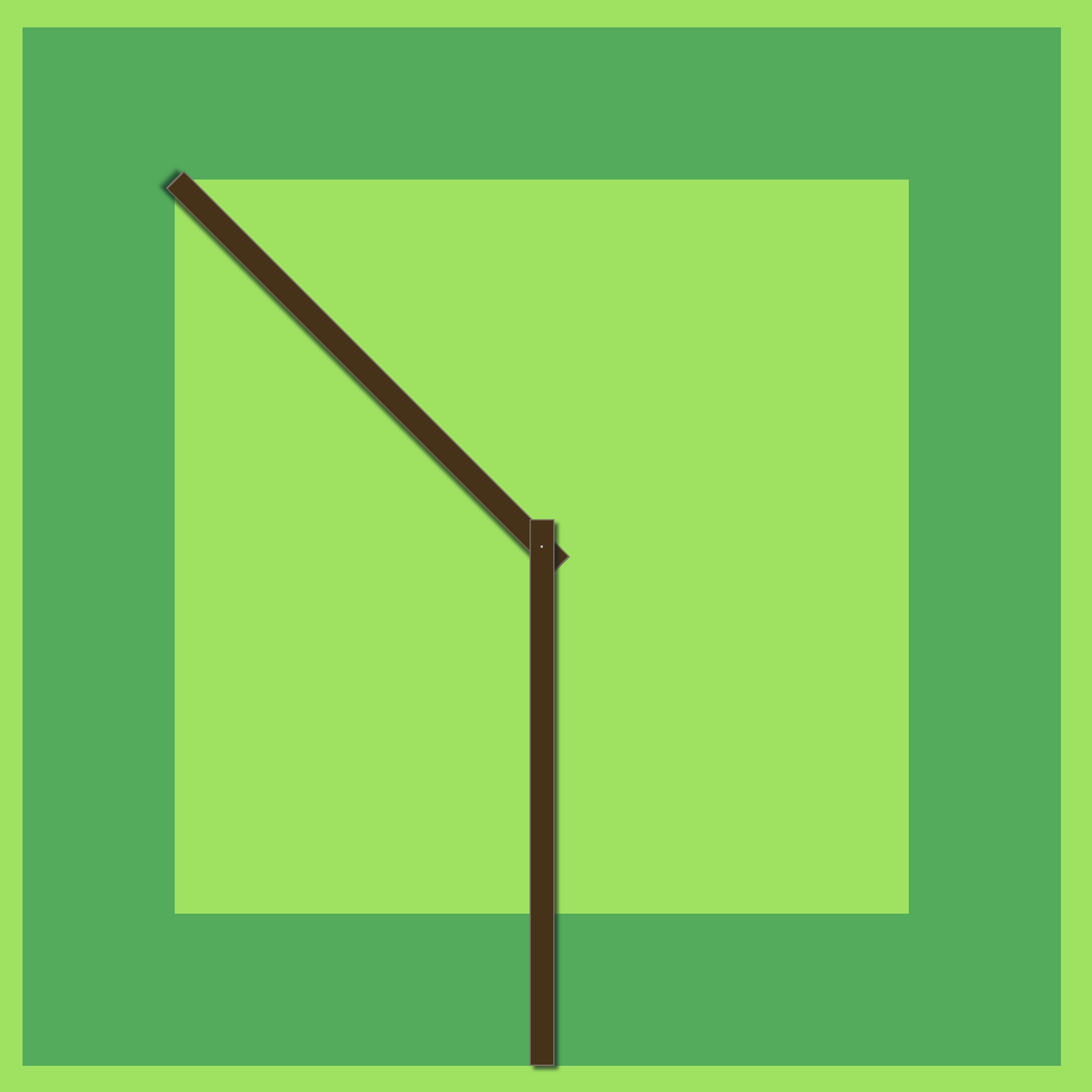I used to have a problem with square clocks
When I was a kid I was bored quite often — I’m from a pre-computer and pre-smartphone generation. I’m also from a household that didn’t have a television. So being bored was part of growing up. One of the good things of having nothing to do is that you can spend a lot of time with looking at things in every detail. So as a kid I used to be an expert on the wallpaper in my bedroom, on the program of our washing machine, and I was an expert on the tiniest movements of clocks. One of the things I liked especially about clocks is the exact moment that the minute hand touches a minute indicator. The moment the hand and the indicator align perfectly takes just a second. I loved those moments and I would gladly wait another minute for it to happen again. And again and again and again.
This works perfectly fine with most clocks, since most clocks are round. But with certain designs this doesn’t work and this used to frustrate me. The most frustrating clocks were square clocks: In the corners the minute indicators are too far away from the hands; only once every fifteen minutes do they really touch.

Here you see an example. At nine o’clock everything is fantastic, both the minute and the hours hands touch their indicators. Yet seven minutes and thirty seconds later the long hand is way out of reach.
I solved it.
The reason why this happens, of course, it that the hands of a physical clock can’t stretch. But if you want to, the hands of a digital clock can. So, with the help of my daughter and her high school maths book, I created a square clock that doesn’t frustrate me. On the contrary, it pleases me. The clock consists of two squares. A large one and a smaller one inside. The long hand always touches the outside square, and the short hand always touches the inside. They’ll simply stretch if they have to.

Here’s it is at nine o’clock. This looks like a normal clock. The dimensions of the to hands look just right.

Here’s the same clock at seven minutes and thirty seconds past nine. As you can see the long hand is now stretched all the way up to the corner, and it is now almost twice as long as the hours hand. An even nicer effect happens at half past ten.

The long hand is now in its shortest form, and the short hand in its longest, and if you measure them you’ll find out that they’re exactly the same size. Yet still you can clearly see what time it is.
This is caused by the ratio between the inside and the outside square. The large square is 1.414 times larger than the small one. This 1:1.414 ratio is the ratio of ISO paper. One of the effects of this ratio is this wonderful relation between a diagonal hand and one that’s straight.
I’m happy. This is the square clock that I wanted as a kid. And now I have it.
Another version
I played around with this clock a bit. I played with the width of the hands. I played with their colour, and after some iterations I came up with a simple idea: what if I made the hours hand the same colour as the outside square, and the minutes hand the same colour as the inside square. As soon as I launched this clock I was surprised by the powerful geometric shape that I saw. And, the bored kid that I still am, I keep being delighted by all the shapes and touch points it keeps on generating. Sometimes I just sit and wait until a line meets a corner. Or the moment that both hands start touching each other. Or that exact moment when they form a straight line (which happens once every hour). Every time I look at it there’s a different pattern.
I’m extra happy. This is the square clock that I didn’t know I wanted as a kid. I have it now.